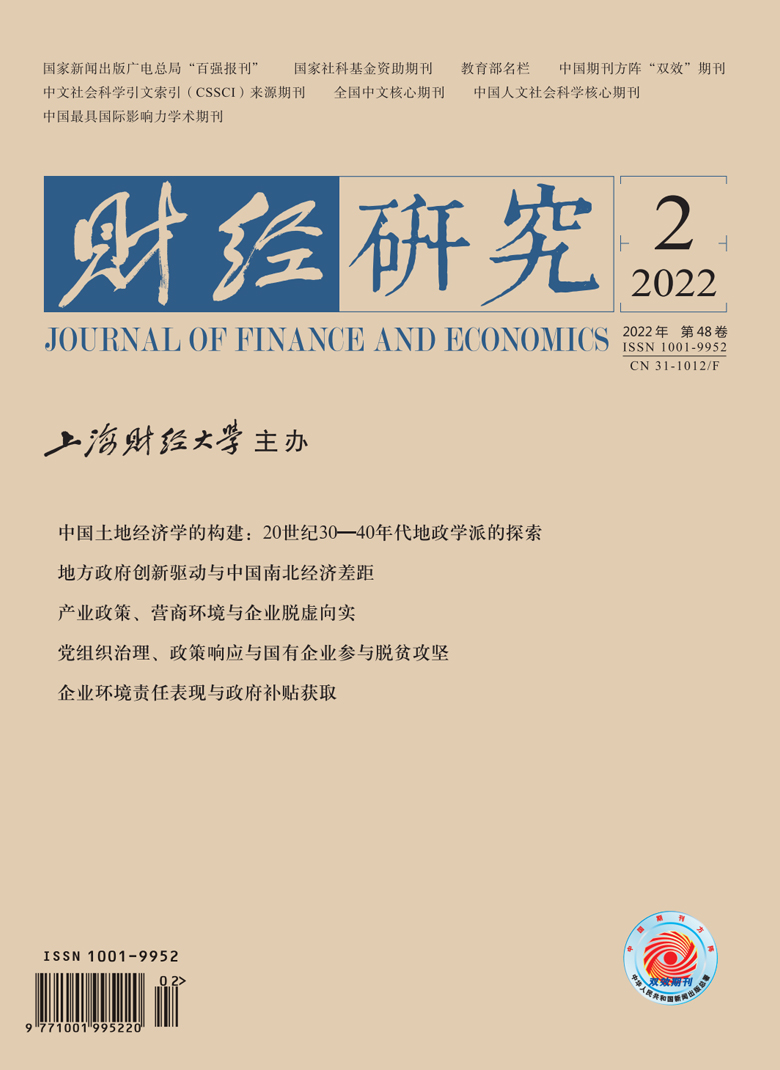In recent years, China’s regional economic development has shown a new trend of “fast in the South and slow in the North”, and the regional economic pattern of “strong in the South and weak in the North” has continued to strengthen. The key to the widening economic gap between the North and the South may lie in the regional differentiation of innovation capacity,the importance and implementation effect of local governments on innovation play an important role. Based on this, this paper uses the innovation vocabulary data in the government reports of 31 provinces from 2008 to 2018 to merge with the data of listed companies to investigate the heterogeneous impact of different government innovation drivers on enterprise productivity in the North and the South.Research findings: Firstly, there is a highly positive correlation between government innovation-driven and enterprise productivity, and the southern local government pays more attention to innovation, and the implementation effect is better. Secondly, the transmission effect of government innovation-driven on enterprise productivity depends on innovation input, innovation resource allocation and innovation environment. Thirdly, compared with the northern region, the southern region has more fair and efficient market-oriented system, active and open social innovation thinking and enterprising entrepreneurship. Therefore, the boosting effect of government innovation-driven on the productivity of southern enterprises is more obvious. In a word, the article provides a policy reference for narrowing the economic gap between the North and the South of China from the perspective of innovation-driven by local governments.
The academic value of this paper is mainly reflected in four aspects: First, from the research perspective, this paper takes the economic gap between the North and the South as the starting point, empirically investigates the impact of government innovation-driven on enterprise productivity in the North and the South of China, and carries out the robustness test through core index replacement, sub sample regression and other methods, so as to provide new research ideas for the research related to regional economic development. Second, in terms of data indicators and measurement methods, this paper uses the innovation vocabulary data in the government work report to measure the government innovation-driven indicators. This method can largely avoid the endogenous problems caused by reverse causality. Most local government reports are published at the beginning of the year and are provincial variables, so the productivity of an enterprise in this year cannot reverse the published superior government decisions. Third, in the aspect of mechanism analysis, this paper demonstrates from three channels: improving innovation investment, optimizing innovation resource allocation, and improving innovation environment. It also systematically analyzes the difference of the transmission effect of local government innovation-driven in the North and the South of China. Fourth, in terms of expansion analysis, this paper discusses the factors affecting the implementation effect of local government innovation-driven in the North and the South of China from the macro and micro perspectives of marketization, social innovation thought, entrepreneurship and ownership structure, so as to broaden the countermeasures for realizing the coordinated development of regional economy.





 6100
6100  7269
7269

